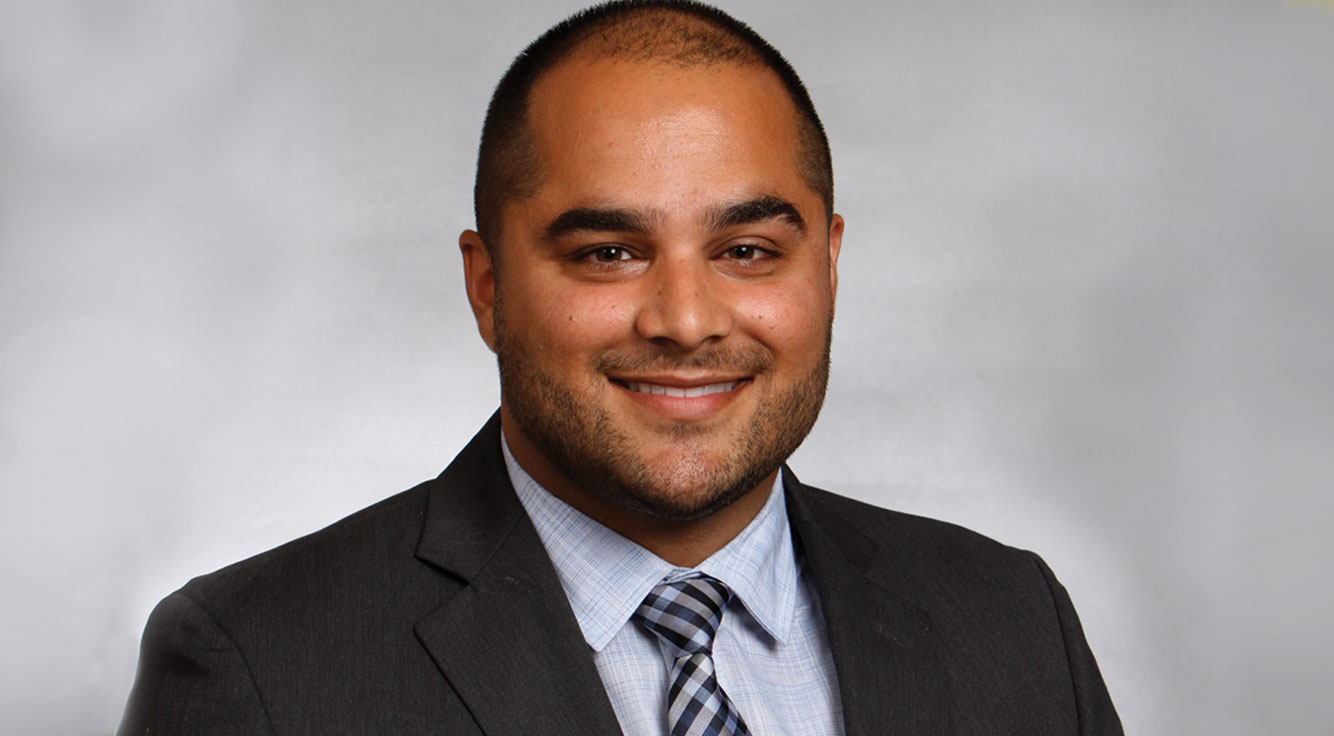
Taking technology to heart in the Northwest
A diagnosis of atrial fibrillation usually means taking blood thinners for life.
Not everyone can tolerate that kind of medication, however. For those patients, Kaiser Permanente’s Abhimanyu Uberoi, MD, now offers a minimally invasive procedure that usually requires just one night in the hospital.
“Atrial fibrillation causes the upper heart chambers to quiver without fully contracting,” Dr. Uberoi explained. “That leads blood to pool in a part of the heart called the left atrial appendage. When blood pools, it’s more likely to clot. The clots can escape from the heart to block vessels in the brain, causing a stroke.”
Technology reduces risks
The average person with atrial fibrillation has five times greater risk of stroke than someone with a normal heartbeat. Cardiologists prescribe anticoagulant medication to thin the blood and prevent strokes.
“But the medication brings a risk of bleeding, which is dangerous for people with certain medical problems or with occupations and hobbies that put them at risk for injuries,” Dr. Uberoi said.
These patients can be good candidates for Watchman, a device shaped like a tiny umbrella that blocks the left atrial appendage so blood can’t pool there.
Watchman is approved by the U.S. Food and Drug Administration for reducing stroke risk in people with atrial fibrillation not caused by a heart valve problem. According to the device manufacturer, Boston Scientific, 30,000 procedures have been performed worldwide. Clinical studies show 99 percent of patients with a Watchman could stop taking blood thinners within a year of its placement.
Second chances and saving lives
With the Watchman procedure, Dr. Uberoi threads a catheter through the leg into the heart. Before adding the Watchman procedure, he was already performing similar procedures to replace heart valves, close holes in hearts, remove blockages, and open arteries.
In the past, those kinds of repairs required open-heart surgery and a hospital stay of about a week. “I’m doing heart surgery without opening your heart,” Dr. Uberoi said. “Ninety percent of our patients go home the next day.”
Dr. Uberoi believes in preventive medicine, but he also believes in second chances.
“When prevention fails, we have to be practical,” he said. “When I go home at night, I can literally say I saved people’s lives.”
Committed and caring
Dr. Uberoi grew up in the San Francisco Bay Area. He received his medical doctorate from George Washington University in Washington, D.C., then returned to the West Coast for residency at Stanford University. He completed a rigorous cardiology and interventional cardiology training at Los Angeles’ Cedars-Sinai Medical Center, one of the busiest hospitals in the country.
“After all that training, I was fortunate to join this premier group of cardiologists at Kaiser Permanente, who push and motivate me to improve every day,” he said. “I chose to practice medicine because I believe that the doctor–patient relationship is one of the most unique, special bonds that exists. Two people come together from completely different backgrounds, with different beliefs and experiences, and connect in a way that accomplishes something amazing — health and well-being.”
Dr. Uberoi said he’s gratified when he sees patients who struggle to walk in the door emerge from minimally invasive procedures transformed.
“We fight so hard to live long, but what good is living long if your quality of life is bad? If I can help people improve their quality of life and enjoy their time on this earth, that’s what I want to do.”
*This article originally appeared in the Winter, 2018 publication of Live Well. Be Well, published by Kaiser Permanente on December 27, 2017.
In the Spotlight ― Find out what’s happening in your area:





